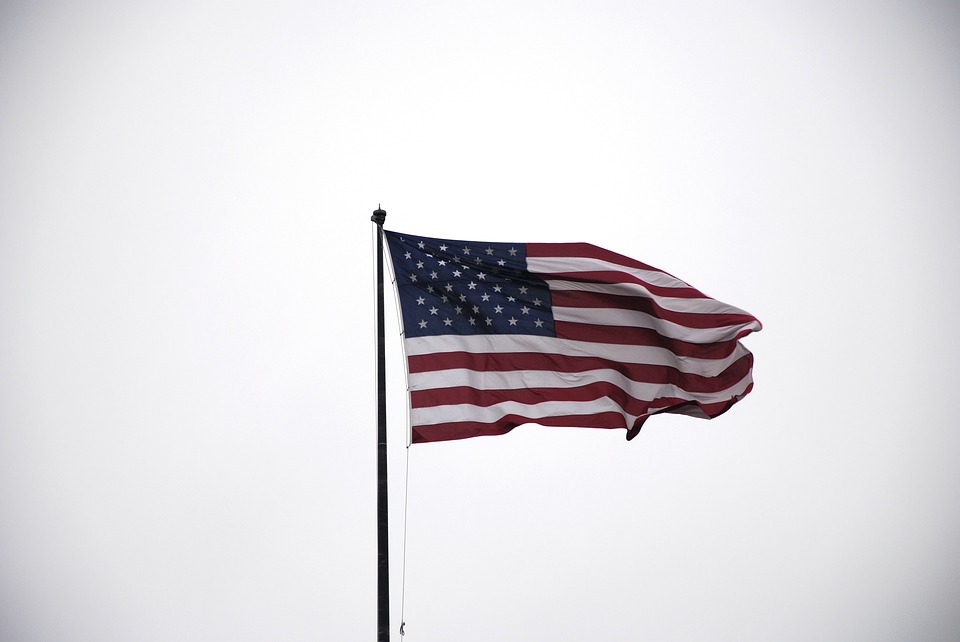
AL-ASAD AIRBASE, Iraq — American troops have started to draw down from Iraq following Baghdad’s declaration of victory over the Islamic State group last year, according to Western contractors at a U.S.-led coalition base in Iraq.
Dozens of American soldiers have been transported from Iraq to Afghanistan on daily flights over the past week, along with weapons and equipment, the contractors said.
Two Iraqi officials confirmed to The Associated Press that the U.S.-led coalition and the Iraqi government have reached an agreement to draw down troops in Iraq for the first time since the war against IS was launched over three years ago.
The Iraqi officials said the process has not officially begun.
However, an AP reporter at the Al-Asad base in western Iraq saw troop movements reflecting the contractors’ account of a drawdown. The contractors and the Iraqi officials spoke on condition of anonymity in line with regulations and declined to reveal the exact size of the drawdown.
“Continued coalition presence in Iraq will be conditions-based, proportional to the need and in co-ordination with the government of Iraq,” coalition spokesman Army Col. Ryan Dillon told the AP when asked for comment.
One senior Iraqi official close to Prime Minister Haider al-Abadi said 60 per cent of all American troops currently in country will be withdrawn, according to the initial agreement reached with the United States. The plan would leave a force of about 4,000 U.S. troops to continue training the Iraqi military.
A Pentagon report released in November said there were 8,892 U.S. troops in Iraq as of late September.
The U.S. first launched airstrikes against the Islamic State group in Iraq in August 2014. At the time the military intervention was described as “limited,” but as Iraq’s military struggled to roll back the extremists, the U.S.-led coalition’s footprint in the country steadily grew.
“We’ve had a recent change of mission and soon we’ll be supporting a different theatre of operations in the coming month,” U.S. Army 1st Lt. William John Raymond told the AP at Al-Asad.
He spoke as he and a handful of soldiers from his unit conducted equipment inventory checks required before leaving Iraq. Raymond declined to specify where his unit was being redeployed, in line with regulations as the information has not yet been made public.
The drawdown of U.S. forces comes just three months ahead of national elections in Iraq, where the indefinite presence of American troops continues to be a divisive issue.
Al-Abadi, who is hoping to remain in office for another term, has long struggled to balance the often competing interests of Iraq’s two key allies: Iran and the United States.
While the U.S. has closely backed key Iraqi military victories over IS such as the retaking of the city of Mosul, Iraq’s Shiite-led paramilitary forces with close ties to Iran have called for the withdrawal of U.S. forces. The prime minister has previously stated that Iraq’s military will need American training for years to come.
The Iraq drawdown also follows the release of the Pentagon’s National Defence Strategy that cited China’s rapidly expanding military and an increasingly aggressive Russia as the U.S. military’s top national security priorities.
“Great power competition, not terrorism, is now the primary focus of U.S. national security,” Defence Secretary Jim Mattis said last month in remarks outlining the strategy.
Iraq declared victory over IS in December after more than three years of grueling combat against the extremists in a war Iraqi forces fought with close U.S. support. In 2014, at the height of the Sunni militant group’s power, IS controlled nearly a third of Iraqi territory.
While IS’ self-styled caliphate stretching across Iraq and Syria has crumbled and the militants no longer hold a contiguous stretch of territory, in Iraq, the group continues to pose a security risk, according to Iraqi and American officials.
IS maintains a “cellular structure” of fighters who carry out attacks in Iraq aimed at disrupting local security, U.S. Marine Corps Brig. Gen. James Glynn told reporters during a Pentagon briefing last month.
Glynn pledged continued support for Iraq’s security forces, but acknowledged U.S.-led coalition “capabilities” in Iraq would likely shift now that conventional combat operations against the group have largely ceased.
There were some 170,000 American troops in Iraq in 2007 at the height of the surge of U.S. forces to combat sectarian violence unleashed by the U.S.-led invasion of the country to oust dictator Saddam Hussein. U.S. troop numbers eventually wound down to 40,000 before the complete withdrawal in 2011.